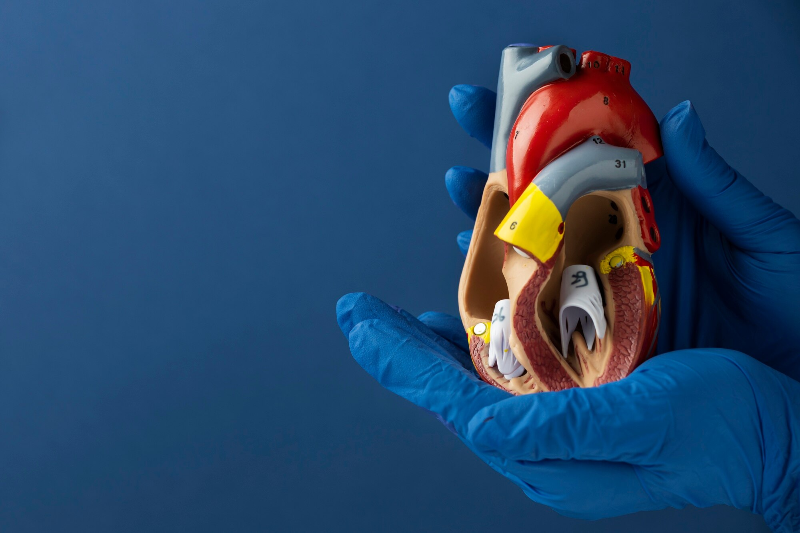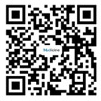by Southern Cross University
Credit: ROCKETMANN TEAM from Pexels
Australians are unable to recognize malignant melanomas on their own skin, calling into question the effectiveness of national self-detection guidelines, according to new Southern Cross University research.
Only a small percentage of participants were able to self-identify either in situ (on the surface) or invasive (below the skin) malignant melanomas (MM) as a lesion of concern. Unfortunately, only the more advanced, thicker MMs tended to be identified.
The findings are contained in the paper "Patients poorly recognize lesions of concern that are malignant melanomas: is self-screening the correct advice?" published today (July 3) in PeerJ.
Of the 260 participants whose suspected MM lesions were biopsied, only 83 (31.9%) were found to be melanomas. Of the malignant melanomas, only a small percentage of participants (21.7%) correctly had concerns about the suspect lesion being a MM. These MMs were located primarily on the back (44.4%), shoulder (11.1%) and upper leg (11.1%).
In a "sunburnt" country which embraces outdoor and coastal lifestyles, the research team is calling for the current melanoma screening practices by Australian doctors, as per the Royal Australian College of General Practitioners (RACGP) "Red Book," be revisited to improve patient outcomes.
In addition, the researchers say national prevention campaigns should include images and primary risk factors for malignant melanomas.
"Early detection of melanoma is crucial to improve outcomes, minimize treatment complexity, and enhance the quality of life for patients," said project leader Associate Professor Mike Climstein.
"We recommend regular outdoor users—walkers and runners, swimmers and surfers—who are at a much higher risk of melanoma, should undergo screening once a year regardless.
"For everyone else, if you either work or exercise out in the sun, particularly during peak ultraviolet radiation (10am to 2pm) or you have a higher risk of skin cancer such as history of melanoma or skin cancer, family history of skin cancer, have fair or freckled skin, have red or fair hair or lots of moles on your body, you should be getting screened every six months by your skin cancer doctor."
Over the past 40 years, there has been a significant rise in skin cancer rates in Australia, with two out of three Australians expected to develop some form of skin cancer by age 70. Currently, skin cancer examinations are not endorsed in asymptomatic or low-risk individuals in Australia, with only high-risk individuals recommended to undergo regular skin examinations.
Notably, the Melanoma Institute Australia suggests that one-half of patients identify MMs themselves, although this claim appears to be based on limited Australian data which may not reflect contemporary practice.
Yet the consequences of not detecting melanoma early include increased mortality, more aggressive treatment, higher medical costs, lower survival rates, and reduced quality of life.
The study sought to determine the percentage of patients who were able to self-identify MMs as lesions of concern when presenting for a skin cancer examination.
Co-author Associate Professor Jeremy Hudson is a member of an expert group with the Melanoma Institute of Australia that recently submitted a key paper to the federal health department asking to fund a review of skin cancer screening guidelines.
"This study not only demonstrates that GPs in Australia have the ability to diagnose melanomas similar to any expert level internationally, but reinforces the message that the government needs to review its melanoma screening guidelines," said Associate Professor Hudson, who is also a skin cancer doctor at the North Queensland Skin Center in Townsville.
Associate Professor Michael Stapelberg, a skin cancer doctor at the John Flynn Hospital Specialist Center on the Gold Coast, said the findings were sobering.
"Based on my experience with patients contributing to this data here on the Gold Coast, many were unaware they had skin cancer. Interestingly, most of these patients had few risk factors for melanoma, yet still had a melanoma that they were completely unaware of detected during their skin check. The detected melanomas were generally small in size, which could make self-detection even more challenging for these individuals."
The research team is calling for Australia to seriously consider implementing a national melanoma screening program, similar to screening for bowel and breast cancer.
"Alarmingly, what would happen to these individuals if they were guided to not opportunistically present for a skin check, because they should be able to detect their own melanoma? Our findings should hopefully help guide decisions on eligibility for future melanoma screening programs," said Associate Professor Stapelberg.
Previous studies by the research team found outdoor enthusiasts face increased exposure to ultraviolet radiation (UVR), leading to a higher risk of skin cancer, including MM.
More information: Mike Climstein et al, Patients poorly recognize lesions of concern that are malignant melanomas: is self-screening the correct advice?, PeerJ (2024). DOI: 10.7717/peerj.17674
Journal information: PeerJ
Provided by Southern Cross University







Post comments